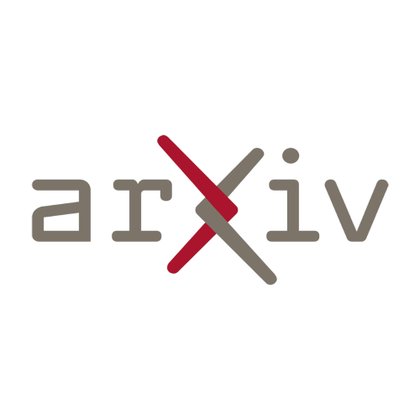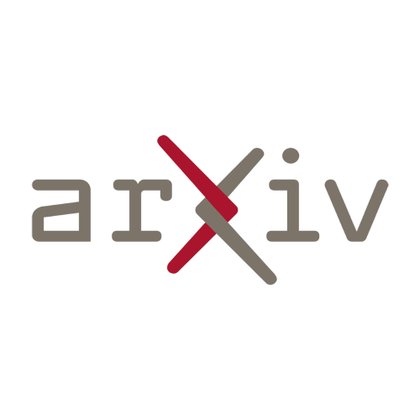
LiCS
@LiCSpreprintBot
Followers
100
Following
0
Media
0
Statuses
7K
Logic in Computer Science (cs.LO) Created by @venriched source: https://t.co/bdiIknjayG
Joined February 2024
Esaïe Bauer, Alexis Saurin."A uniform cut-elimination theorem for linear logics with fixed points and super exponentials"
arxiv.org
In the realm of light logics deriving from linear logic, a number of variants of exponential rules have been investigated. The profusion of such proof systems induces the need for cut-elimination...
1
1
0
Justus Becker."A Non-Wellfounded and Labelled Sequent Calculus for Bimodal Provability Logic"
arxiv.org
We present a labelled and non-wellfounded calculus for the bimodal provability logic CS. The system is obtained by modelling the Kripke-like semantics of this logic. As in arXiv:2309.00532, we...
1
1
0
Beniamino Accattoli, Claudio Sacerdoti Coen, Jui-Hsuan Wu."Positive Sharing and Abstract Machines"
arxiv.org
Wu's positive $λ$-calculus is a recent call-by-value $λ$-calculus with sharing coming from Miller and Wu's study of the proof-theoretical concept of focalization. Accattoli and Wu...
1
0
0
Bernardo Subercaseaux."Asymptotically Smaller Encodings for Graph Problems and Scheduling"
arxiv.org
We show how several graph problems (e.g., vertex-cover, independent-set, $k$-coloring) can be encoded into CNF using only $O(|V|^2 / \lg |V|)$ many clauses, as opposed to the $Ω(|V|^2)$...
1
0
1
Laurenţiu Leuştean, Dafina Trufaş."Matching logic -- proof system $\mathcal{G}^c$"
arxiv.org
We propose in these notes a new proof system for first-order matching logic with application, obtained by adapting to matching logic Gödel's proof system for first-order intuitionistic logic.
1
0
1

